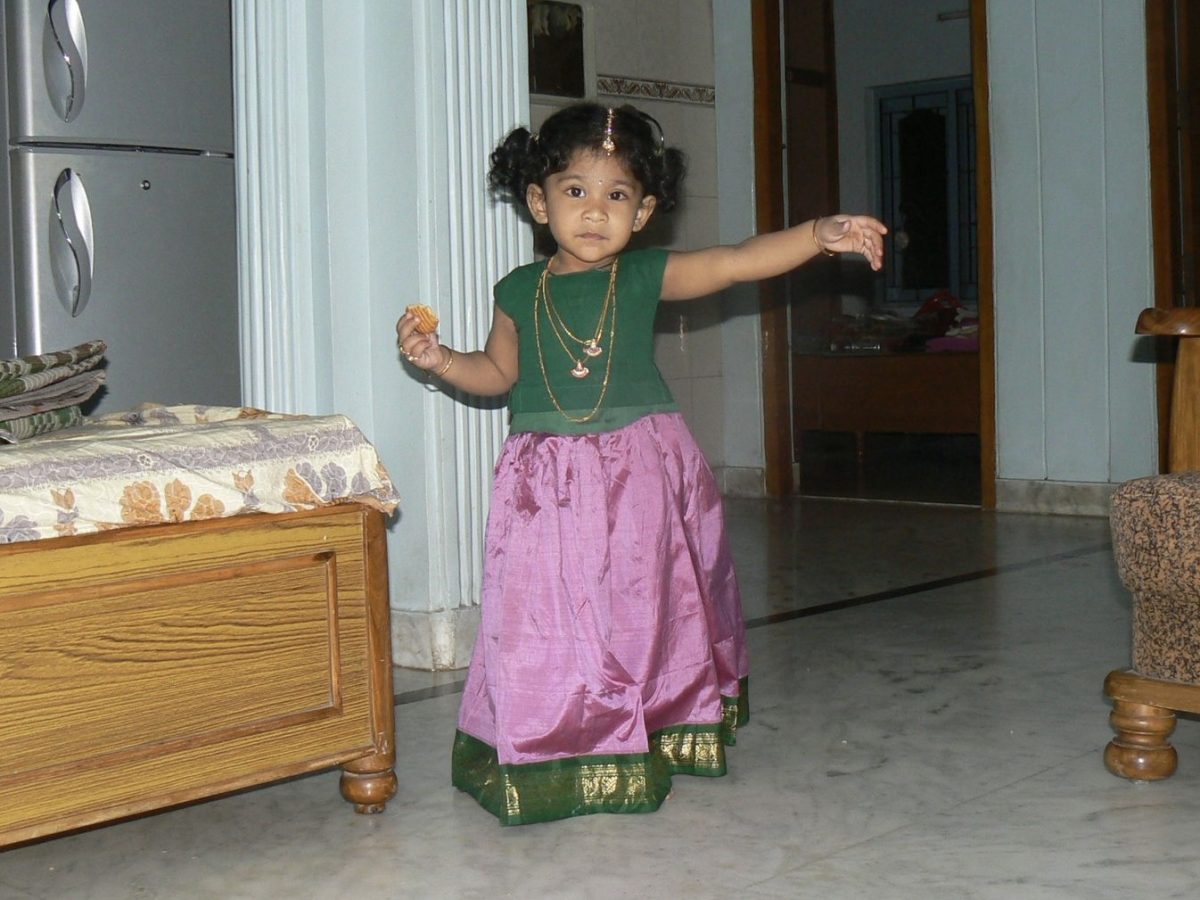Living in the age of Netflix, Spotify and audiobooks, it feels easy to forget about the originality that is put into physical media, especially when it comes to music. Many online music platforms have allowed nearly anyone with an electronic device to create and publish on their own.
This technological advancement brings forth the creative minds that are driven to produce, right? Or maybe this technological advancement takes away from the thoughtful efforts that were once put into physical forms of media.
As hand-painted and photographed album covers start to appear less frequently and nearly anyone can publish music, the question arises: Is digital media diminishing the preciousness of physical media?
Picture this: the year is 2012 and you were just gifted a CD for Christmas. You peel off the plastic wrap that encases your brand-new CD, and you are filled with excitement as you turn over the case to reveal the album: ‘Born to Die’ by Lana Del Rey.
Pretty sweet, right?
Now picture this, you’re 18 and packing up for college with the help of your mom. As you sort through boxes of belongings, you find your old CD collection, compiled of all of your favorite artists growing up. You flip through the CDs for a while until you stumble across your old ‘Born To Die’ CD.
The cover is scratched and there’s a part of the paper cover that’s slightly ripped. It does not look the way it did when you first got it. You open the CD case and put it in your old, dusty CD player. The opening notes of the first song take you back to the very first moment you listened to that album on Christmas morning.
As the songs play through, you remember the times spent listening to ‘This Is What Makes Us Girls’ in your room with all your friends crowded around you as you all talk about your adventures from the previous night. You recall struggling to do geometry homework with ‘Dark Paradise’ playing in the background. You even are taken back to the feeling of anxious excitement in preparation for your first date, with ‘National Anthem’ playing, while you spritz your favorite perfume from junior year.
Each different melody takes you back to memories spent in your childhood room, and as you finish listening to the album, you realize that this isn’t just an album, this has been a crucial part of your growing up, encased in a plastic square.
Try to imagine this same scenario with an album on Spotify. It’s impossible. Sure, online music can also hold nostalgic feelings, but nothing like the feeling of physically holding an album.
Since peaking in 2000, CD album sales in the U.S. have dropped by a whopping 95 percent, and are currently at their lowest since 1986 (Recording Industry Association of America). Because of this, the previous scenario is not one that the average teenager now experiences.
The preciousness of owning physical albums has declined in popularity, but even more so in desire. As CD sales continue in a downward spiral, digital music platforms are increasingly gaining popularity.
Since the creation of Spotify in 2008, the number of users has escalated from 1 million after the first two years to 246 million paying subscribers in 2024, making it the most popular music streaming app. As these statistics rise, the statistics of CD buyers do the exact opposite.
Not only does this affect music listeners, but even more so, it affects musicians. According to The Regulatory Review, artists are paid between $0.003 and $0.005 per stream.
Although this fact seems to affect smaller artists more than the large ones, many artists have spoken up about this fact, namely, one being Taylor Swift. In 2014, Swift removed her music from Spotify before negotiating better terms with the music streaming platform. In doing so, she brought attention to unfair compensation between artists and Spotify.
When CDs are sold, artists make between $0.14 and $0.23 per dollar spent on each album. The difference in payment is extreme, however, the ease that comes with the ability to publish music nowadays, is just as extreme as well. Spotify does not charge artists to publish music by themselves, allowing it to be affordable in this way for anyone. In the age of CDs, it was a much more lengthy and expensive process to even have the opportunity to do this.
The creation of online streaming platforms has allowed people to access music whenever and wherever they want, as well as create it, however, alongside this fact, it has led to the decline and death of physical media consumption.








